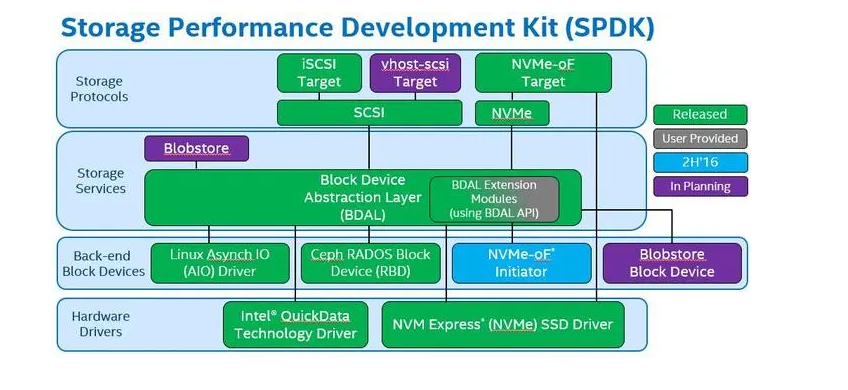The MAC address space is 48 bits, which means there are 2^48 or approximately 281 trillion possible MAC addresses.
In comparison, the IPv4 address space is 32 bits, which means there are 2^32 or approximately 4.3 billion possible IPv4 addresses. The IPv6 address space is much larger, with 128 bits, which means there are 2^128 or approximately 340 undecillion (340 followed by 36 zeros) possible IPv6 addresses.
The main difference between MAC and IP addresses is that MAC addresses are used to identify devices on a local network, while IP addresses are used to identify devices on a global network like the internet. MAC addresses are assigned by manufacturers and cannot be changed, while IP addresses can be dynamically assigned and changed.
Both network address and MAC address are needed because they serve different purposes. The network address (IP address) allows devices to communicate with each other across different networks, while the MAC address allows devices to communicate with each other on the same network. Without both types of addressing, communication between devices would not be possible.





















